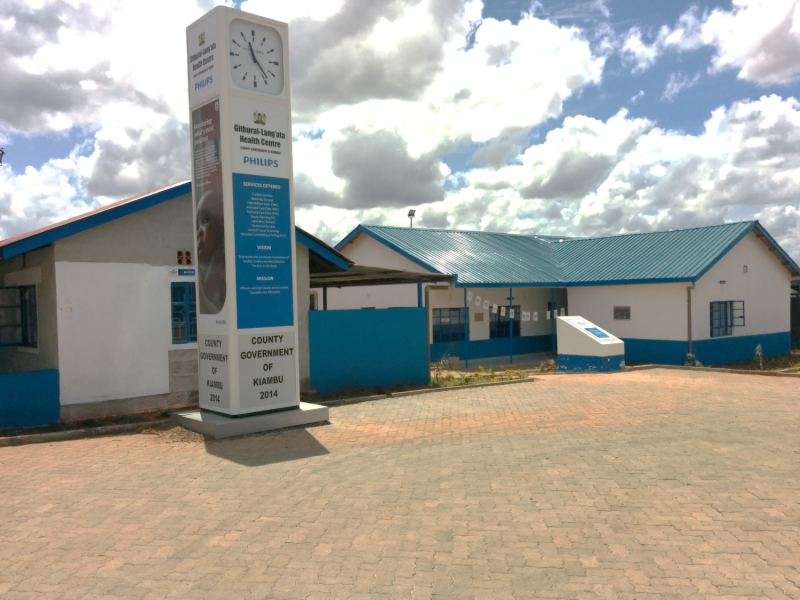Mandera in the north-east of the country has one of the world’s highest maternal mortality ratio - 3,795 per 100,000 live births, and the CLC will deliver crucial primary healthcare and enhance community development in the county. The first phase of the project is expected to be completed this year.

The issues facing primary healthcare in Africa are complicated and multifaceted therefore, to create sustainable improvement means addressing a wide range of issues collectively. Issues range from unavailability of qualified healthcare workers to lack of electricity, water and basic healthcare technology.
The project is a collaboration between Philips and the United Nations Population Fund (UNFPA). It’s based on the concept developed by the Philips Africa Innovation Hub of a community-driven, integrated approach to strengthen primary healthcare and service facilities, while also providing social development from a healthcare, lighting and healthy living perspective.
In Mandera, health workers, community members and other key stakeholders are involved in the entire development process. The CLC will, over time, migrate from manual to automated processes and systems. Local health workers and community members will be trained and adequately skilled in using this technology, and in turn this will create new education and employment opportunities at local level, thereby improving the livelihood of the community and supporting the sustainability of the CLC.
Ahmed Sheikh, CEC Health, Mandera County said: “We are delighted that Philips and UNFPA have collaborated to develop a CLC in Mandera. This news comes at a time when our region needs it most – we continue to have high incidents of infant and maternal mortality, we have a severe shortage of healthcare facilities and our communities are suffering as a result.”
However it goes beyond healthcare by turning a facility into a community hub where technology is bundled with an integrated service package and community empowerment interventions.
The technology includes solar power (reliable, clean energy supply), efficient and durable indoor and outdoor LED-lighting (extended operating hours and security for patients and staff), healthcare equipment (patient monitoring, diagnosis and triage), laboratory equipment (especially for antenatal care tests), refrigeration (preserving the life span of vaccines), IT-solutions (patient data storage), water supply and purification (preventing waterborne diseases) and promoting community entrepreneurship and social enterprise (utilising new opportunities created by 24/7 lightning, energy and water).
“The CLC in Mandera, will bring quality primary healthcare to a catchment population of about 40,000 women and children,” said JJ van Dongen, CEO, Philips Africa. “At Philips our mission is to improve people’s lives through meaningful innovation, the CLC demonstrates an integrated model of healthcare that conjoins technology with services and aims to inspire an entire community to change the way it sees and looks after itself. That’s precisely the kind of innovation that can revolutionise society.”
The project is the second of its kind in the world; Philips inaugurated the first CLC in Kiambu County, Kenya two years ago.

This development saw Philips transform a rundown healthcare centre into a bustling community hub where families gather, children do their homework, commercial activities take place, and where local government representatives raise awareness and inform locals about relevant health issues.
Within 18 months of opening, the centre saw the total number of outpatients increase from 900 to 4,080; the number of children treated quadrupled from 533 to 2,370; first antenatal care patients grew from 13 to 188 patients each month, while the number of fourth-visit antenatal care patients each month grew from six to 94. The maternity wing allows women to deliver their babies in a safe and secure environment and since its inception, 634 babies have been born with an average of 36 babies currently born at the facility each month.